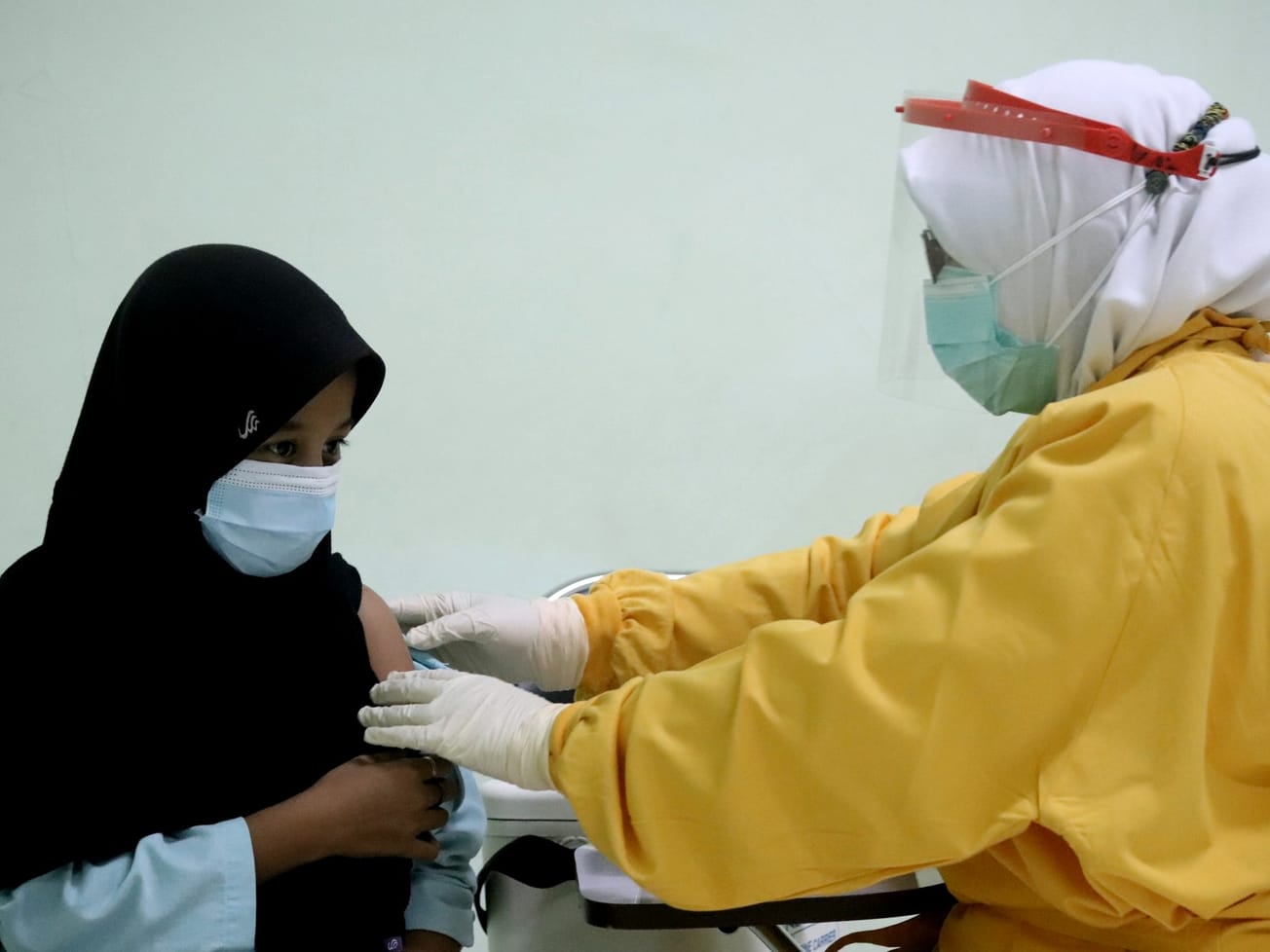The world reached 25 million coronavirus infections and 843,000 deaths on Sunday, rising at a pace that indicates the pandemic has further accelerated since the 20 million mark was reached less than three weeks ago.
The number of cases rose by 1 million every 3.8 days since August 11 when the world pushed past the 20 million mark accompanied by 736,000 deaths, according to Johns Hopkins University and Google data trackers.







